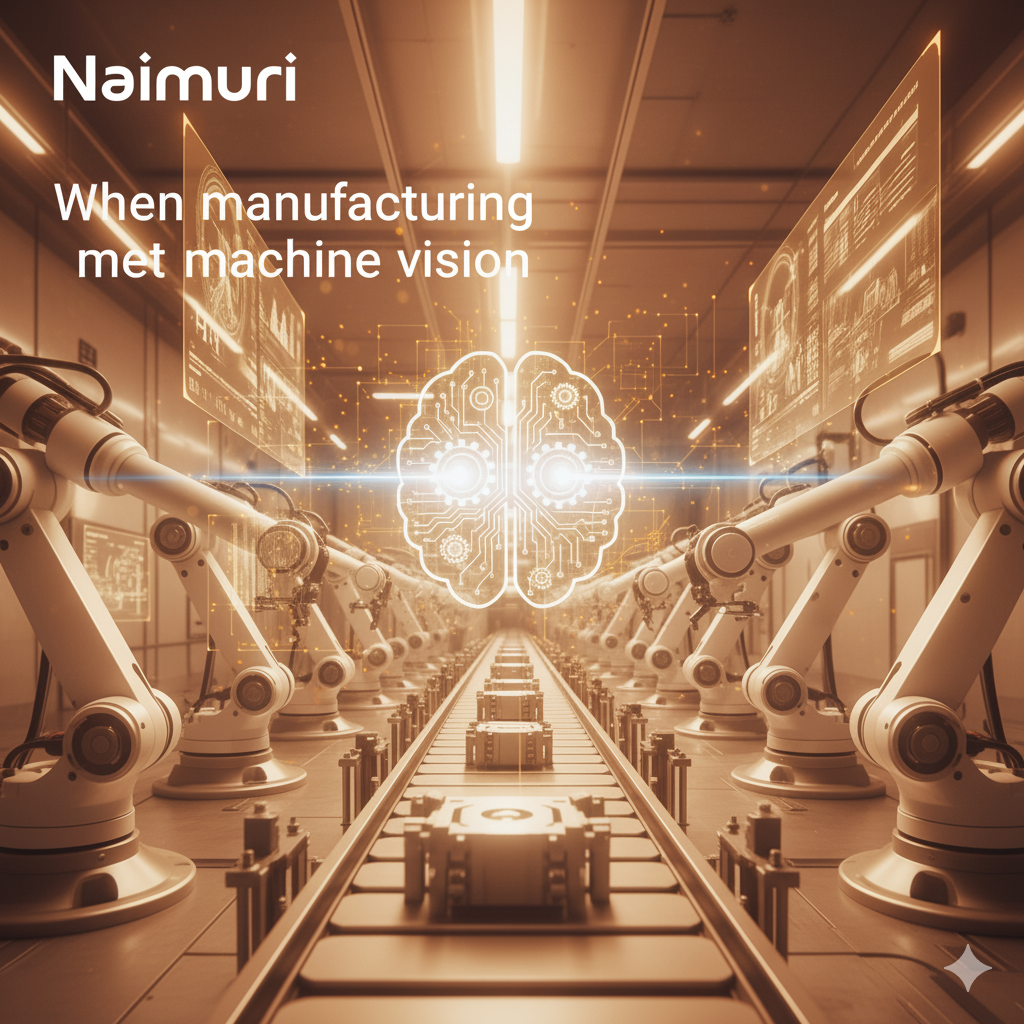Naimuri recently (4th November) hosted the inaugural North West Regional Defence and Security Cluster (NWRDSC) AI Special Interest Group (SIG) meeting at its Manchester HQ, and it was a fantastic mix of practical applications and strategic challenges.
If you couldn't make it, don't worry, grab a coffee and catch up on some of the biggest takeaways from our discussions on real-world AI adoption
The factory floor revolution: AI vs. the defect
First up, Dr. Aparajithan Sivanathan gave us an eye-opening look at how AI is tackling the gritty reality of manufacturing. The challenge? Identifying defects on parts produced for companies like Leyland Trucks. This is usually a tough, time-sensitive job for human operators.
The solution his team developed? An AI image recognition system designed to spot and count defects ("hits") on machinery parts in real-time.
The biggest lesson here wasn't about the model itself (they used familiar frameworks like YOLO 4 and 5); it was about the data. Dr. Sivanathan underscored the enduring truth of "Garbage In, Garbage Out." Getting the camera and lens parameters just right to capture the necessary image data was the toughest hurdle, not the AI training.
The system isn't about replacing people, though. It’s about consistency and speed, helping streamline audit trails and even automating the frustrating process of non-conformance reports when multiple people flag the same issue. It’s about making the human job easier and the final product more reliable.
Building Trust: The next era of human-machine teaming (HMT)
Our second talk, led by Zac Baker, from Naimuri shifted focus to the strategic landscape: AI in Defence.
While the industry sees the immense potential of autonomous AI systems, (particularly their speed and accuracy), the biggest obstacle right now is trust. Zac noted that a lack of established structures around AI deployment leads to human operators often feeling they need to double-check every AI output. That's a huge drag on efficiency.
The key takeaway? To truly move forward, the defence sector needs to be more open to strategic risk and focus on developing robust structural guardrails, not every part of every system needs military-grade security, but the right security needs to be applied to the right use case. It's time to build the trust framework that lets these powerful tools operate at their full potential.
The big picture: Why it matters
These conversations, from the data-intensive work at the Advanced Manufacturing Research Centre (AMRC) to the strategic needs of defence, show that the UK is pushing hard to solve the complex problems of AI adoption. The thread connecting both presentations was clear: Data quality is paramount, and building trust (either through assistance or assurance frameworks) is the key to successful implementation.
The event was a great success, and we're looking forward to the group's next steps as we continue to connect the practical applications and strategic future of AI across manufacturing, defence, and data science.




